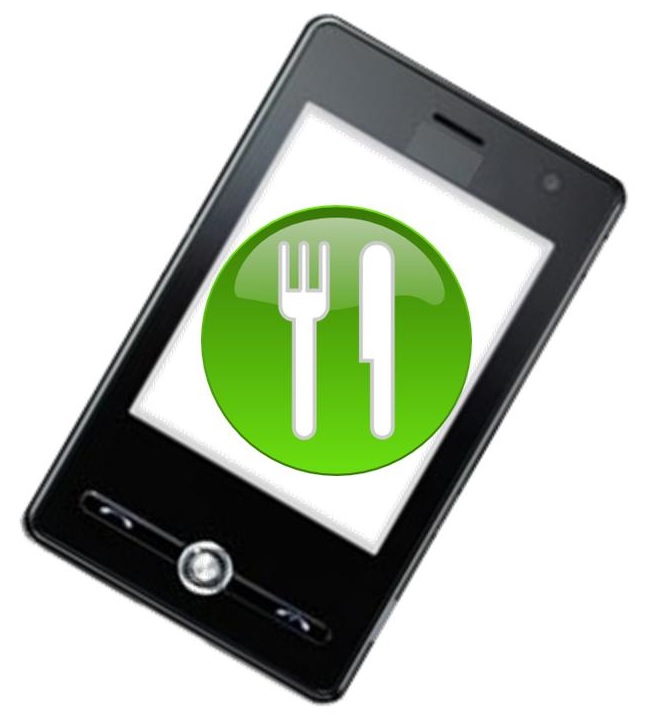A rise in mobile device usage could be good news for travel advertisers.
Based on the findings of a recent study that was conducted by Millennial Media, the leading independent audience platform in digital advertising, mobile commerce may be very promising for travel advertisers because more consumers are using their smartphone, tablets and other similar mobile gadgets for travel purposes, such as researching, booking trips and hotels, and engaging in other travel-related activities.
Mobile consumers are devoting more of their time to engaging in mobile activities using diverse devices.
Millennial Media’s Travel Report has found that this trend has resulted in an increase in the use of mobile in relation to travel. According to the study, of the total digital advertising spending in the travel sector, m-commerce sales are responsible for 12 percent of it and it is on the rise. According to eMarketer, by 2017 it is predicted that US travel mobile commerce sales will be $55.5 billion, which is a 247 percent increase from the $16 billion of last year.
The report, which is part of Millennial Media’s Mobile Intel Series, offers travel advertisers mobile insight and guidance. It provides an in-depth look at the major traveling trends that occurred across the globe throughout 2013. Specific focus was placed on how travel brands have utilized m-commerce to target and immerse consumers, as well as which brands are investing in advertising strategies that target travel and mobile markets.
The main travel mobile commerce audience is men between the ages of 25 and 44.
 In addition to this finding, the study also said that consumers who used their mobile devices for research and booking travel used more than one gadget. Also, consumers are utilizing mobile for the different steps of the travel process, including researching their options, attractions and accommodations, as well as booking trips via their smartphone, tablet, etc. They also use their mobile during their travels to help them get around and even for writing reviews of their experiences once they are over.
In addition to this finding, the study also said that consumers who used their mobile devices for research and booking travel used more than one gadget. Also, consumers are utilizing mobile for the different steps of the travel process, including researching their options, attractions and accommodations, as well as booking trips via their smartphone, tablet, etc. They also use their mobile during their travels to help them get around and even for writing reviews of their experiences once they are over.
According to the report, “Consumers expect a mobile-friendly experience when accessing travel content. Seamless integration across devices, such as saving account information, mobile boarding passes, and consolidated itineraries gives travellers the mobility they need to stay connected on the go, which in turn helps attract, engage, and retail loyal mobile travel consumers.”
To take advantage of the current trends, the report suggests that travel brands and advertisers need to invest in mobile commerce by growing their mobile sites, so they can offer users an engaging and mobile friendly experience.

 What it found was that among the mobile marketing campaigns of restaurants, 70 percent allowed consumers to search their site from their smartphones. The average among all of the platform users, was much lower, at 24 percent.
What it found was that among the mobile marketing campaigns of restaurants, 70 percent allowed consumers to search their site from their smartphones. The average among all of the platform users, was much lower, at 24 percent.